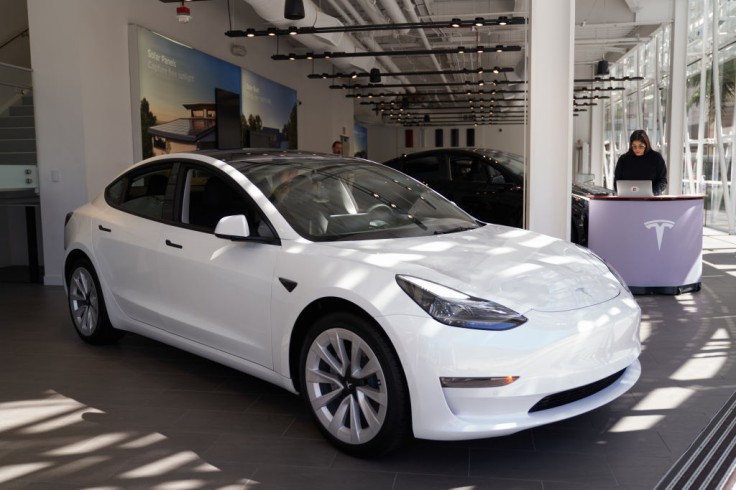Tesla's Model 3 EV is now affordable once again.
The popular EV maker quietly revealed that purchases of its Tesla Model 3 EV are now eligible for the full $7,500 federal EV tax credit again for some unknown reason.
The vehicle got its tax credits cut in half after the Treasury Department began enforcing the critical material sourcing requirement in April.
Tesla Model 3 Tax Credit Re-eligibility Details

Tesla recently attached a label to its Model 3 webpage that says the EV is now eligible for the full $7,500 tax credit. Clicking on the "Learn More" hyperlink in the label opens Tesla's incentives webpage, which reveals that all three of the Model 3's models are eligible for the full $7,500 tax credit.
These Model 3 models are the Model 3 Rear-Wheel Drive (RWD), the Model 3 Long Range All-Whell Drive (AWD), and the Model 3 Performance. Previously, the Model 3 RWD and Long Range AWD, the Model 3's cheapest versions, were eligible for half the tax credit because their batteries came from China, per Electrek.
The tax credit in question is part of the Inflation Reduction Act Congress mandated in August 2022 to end the US' reliance on China for batteries, per Tech Crunch. The full $7,500 incentive is broken into two parts, meaning that an EV would be eligible for a $3,750 tax credit if it manages to satisfy at least half of the requirements for the full credit.
EVs would qualify for half the $7,500 tax credit if 50% of the value of battery components were produced or assembled in North America; the other half would only be available if 40% of the value of critical materials were sourced from the US or another free trade agreement country.
Thanks to this tax credit, the Model 3 RWD could cost less than $30,000 if state incentives, which are available in many markets, are included.
How Did The Tesla Model 3 Become Eligible Again?
Unfortunately, Tesla didn't publish which of the requirements it satisfied for its Model 3 EV to be eligible for the full $7,500 tax credit, while the Treasury Department has yet to update its website to reflect Tesla's newfound eligibility for tax credits. However, a quick look at the tax credit's past may offer hints of an answer.
The tax credits started to come into effect on Jan. 1, though the Treasury Department held off on publishing the battery sourcing guidance to give EV makers time to meet the requirements. However, the department began implementing the critical material sourcing requirement led to many vehicle models losing their eligibility for the full tax credit.
While Tesla's Model 3 saw its tax credit cut in half, other EV makers, like BMW, Rivian, Volvo, and Hyundai, saw their eligibility for the full tax credit disappear entirely.
It is unclear if Tesla is now supplying US-made battery cells for its Model 3 RWD and Long Range AWD EVs or if the Treasury Department made a new deal that allows for Chinese cells, which is unlikely given the purpose of the Inflation Reduction Act.
Related Article : Tesla Recalls Over 321,000 Model 3, Model Y Cars Due To Taillight Issues









